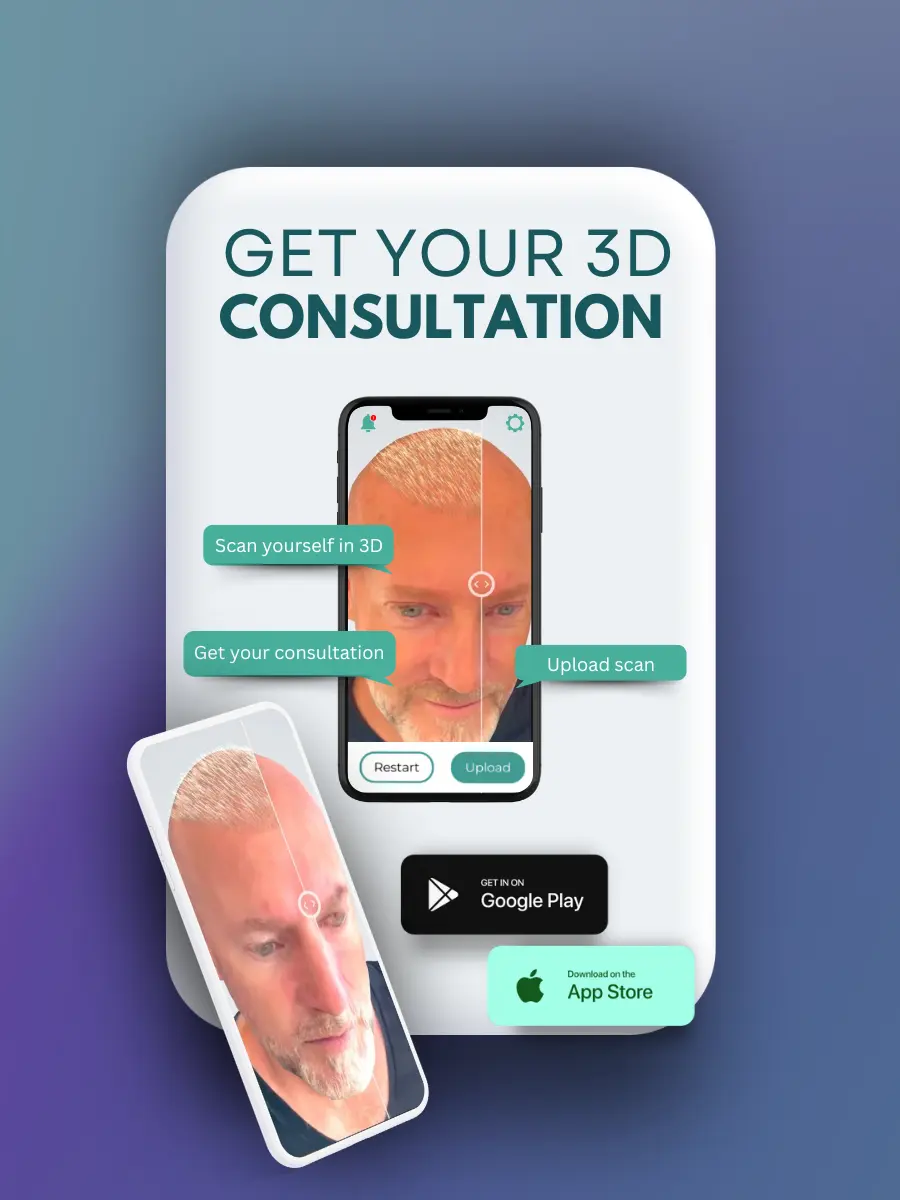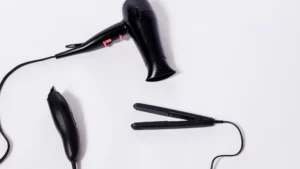If you find yourself anxiously awaiting the natural shedding of those post-transplant scabs, rest assured that you’re not alone in this concern. The formation of scabs is a normal part of the healing process following a hair transplant, but knowing how and when to safely remove them can be a source of uncertainty for many.
My name is Emma Wright, your resident hair transplant and hair restoration specialist. In this guide, we’ll address common worries surrounding scabs after hair transplant removal and provide you with expert-backed techniques to facilitate their natural shedding without compromising the integrity of your newly transplanted hair follicles.
One common concern that often arises in the aftermath of a hair transplant is the presence of stubborn scabs on the scalp. These tiny crusts, while a sign of the body’s natural healing process, can sometimes linger longer than expected, prompting worries about their impact on the transplanted hair follicles.
Whether you’re in the immediate aftermath of your procedure or several days into the recovery phase, understanding the nuances of scab removal is crucial for a smooth and successful outcome.
So, if you’re ready to bid farewell to those lingering scabs and embrace the next phase of your hair restoration journey with confidence, let’s dive in and explore the best practices for removing scabs after a hair transplant.
Scabs After Hair Transplant
If you’re among those anxiously awaiting the shedding of these scabs, rest assured that you’re in good company. Understanding the dynamics of scab removal is key to ensuring a smooth and successful recovery, allowing you to fully reap the benefits of your hair transplant journey.
But before we delve into the intricacies of scab removal, let’s take a moment to address some key considerations surrounding hair loss treatments and the hair transplant process itself.
For many individuals, the decision to undergo a hair transplant represents a transformative moment—a chance to reclaim confidence and restore a sense of self-assurance. Whether you’re seeking a solution for hereditary hair loss, grappling with the aftermath of shock loss, or exploring options for addressing conditions like lichen planopilaris or traction alopecia, the journey toward hair restoration is deeply personal and multifaceted.
Fortunately, advancements in hair transplant technology, such as Follicular Unit Extraction (FUE) and Sapphire Micro FUE, have revolutionized the field, offering patients more natural-looking results and faster recovery times than ever before.
With procedures like Bio-FUE Hair Transplant gaining traction, individuals can now explore innovative approaches to hair restoration tailored to their unique needs and preferences.
Yet, even as the prospect of regaining a full head of hair beckons, it’s essential to navigate the post-transplant phase with care and diligence. From choosing the best haircut to accommodate your new hair growth to understanding the nuances of winter hair loss and its impact on the healing process, attention to detail is paramount in ensuring optimal results.

How to Get Rid of Scabs After Hair Transplant
Removing scabs after a hair transplant is a delicate process that requires patience and care to avoid damaging the newly transplanted hair follicles.
Here’s a step-by-step guide on how to safely remove scabs:
- Wait for the right time: It’s crucial to wait until your surgeon gives you the go-ahead before attempting to remove scabs. Typically, scabs start to form within the first few days after the procedure. However, the exact timing for scab removal may vary depending on individual healing rates and the specific instructions provided by your surgeon.
- Keep the scalp clean: Maintaining good hygiene is essential for promoting healing and preventing infection. Gently wash your scalp with a mild shampoo as instructed by your surgeon. Avoid scrubbing the scalp vigorously, as this can irritate the skin and dislodge the scabs.
- Use gentle techniques: To soften the scabs and encourage their natural shedding, gently massage the scalp with your fingertips while showering. The warm water will help loosen the scabs without causing trauma to the grafts. Avoid picking or scratching at the scabs, as this can lead to bleeding and scarring.
- Apply prescribed solutions: Your surgeon may provide you with special solutions or ointments to aid in the healing process and soften the scabs. Follow their instructions on how and when to apply these products.
- Be patient: Removing scabs after a hair transplant is a gradual process that may take several days or weeks. Avoid rushing the process and allow the scabs to come off naturally. Trying to force the scabs off prematurely can result in complications and compromise the success of the transplant.
- Follow up with your surgeon: If you have any concerns or questions about removing scabs or the healing process, don’t hesitate to contact your surgeon for guidance. They can provide personalized advice based on your individual situation and ensure that your recovery is on track.
When Should Scabs Be Removed?
Scabs should be removed at the appropriate time to avoid any complications and ensure optimal healing after a hair transplant. While it’s essential to wait for the right moment, attempting to remove scabs too early or too late can impact the healing process and the success of the transplant.
Typically, scabs start to form within the first few days after the hair transplant procedure. However, the exact timing for scab removal varies depending on individual factors and the specific instructions provided by your surgeon.
In general, scabs should be removed when they begin to loosen and fall off naturally. This usually occurs around 7 to 14 days after the transplant, but it can vary from person to person.
It’s crucial to follow your surgeon’s guidance regarding the timing of scab removal, as they will provide you with personalized instructions based on your unique situation and the technique used during the transplant.
Attempting to remove scabs before they are ready can result in bleeding, scab reformation, and damage to the newly transplanted hair follicles. On the other hand, waiting too long to remove scabs can prolong the healing process and delay the emergence of new hair growth.
To ensure the safe and timely removal of scabs, closely monitor their progress and follow any specific instructions provided by your surgeon. If you have any concerns or questions about the timing of scab removal, don’t hesitate to reach out to your surgeon for guidance and clarification.
They can offer expert advice tailored to your individual needs and help you navigate the post-transplant recovery process with confidence.
In Conclusion
In closing, the process of dealing with scabs after a hair transplant is definitely a test of patience and care. It’s like waiting for a delicate flower to bloom—you have to give it the time and space it needs to flourish.
By following the steps we’ve discussed—waiting for the right moment, keeping your scalp clean, using gentle techniques, and seeking guidance from your surgeon—you’re giving your new hair the best chance to thrive.
Remember, it’s completely normal to feel a bit anxious or uncertain during this phase. But trust in the process and trust in your body’s ability to heal. You’re not alone in this journey, and your surgeon is there to support you every step of the way.
So, take a deep breath, be patient, and take good care of yourself. Before you know it, those scabs will be a distant memory, and you’ll be enjoying the results of your hair transplant with confidence and joy.














